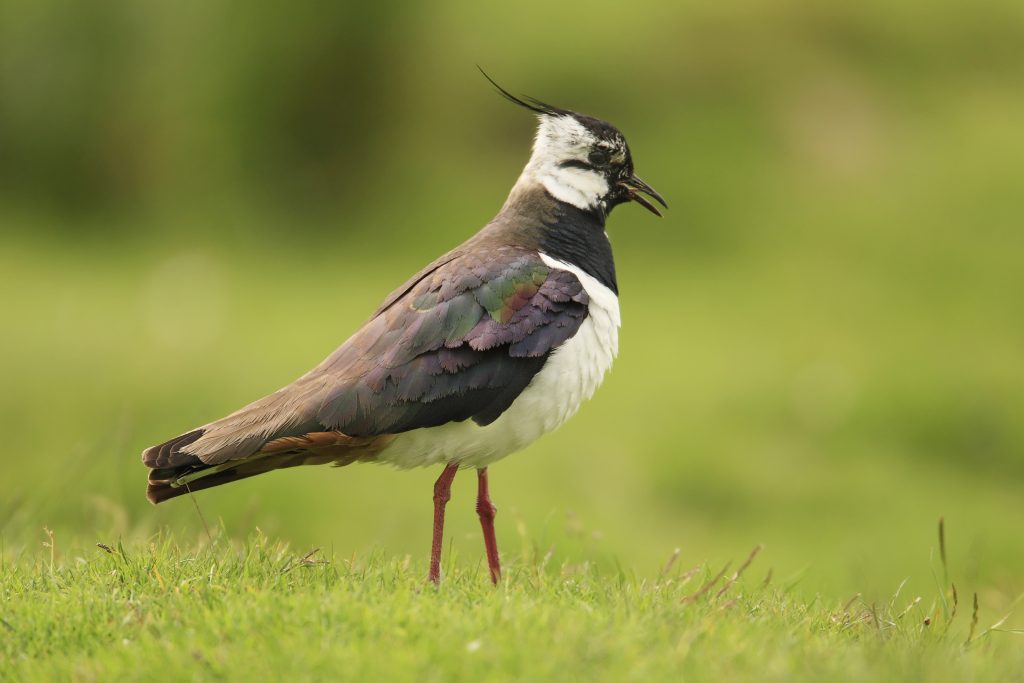Over a quarter of Irish birds on conservation Red List

15 April 2021
Over a quarter of all Irish birds now find themselves on the highest level of conservation concern.
According to a paper in the latest issue of Irish Birds, 54 Irish bird species are now Red-listed, a 46 per cent increase from the previous “Birds of Conservation Concern in Ireland” assessment in 2013.
New entries to the Red list include the Puffin, the Razorbill, the Kittiwake, and the Kestrel. The Curlew, Ring Ouzel and Corncrake remain in the category, and are now at risk of extinction.
An additional 79 species are now classified as Amber and 78 are on the Green list, meaning they are not currently considered at risk.
The review uses a traffic light system to indicate the conservation status of bird species – Green being the least at risk and Red being the most.
Breeding birds of farmland and bog habitats continue to fare poorly, as the authors found that almost 40 per cent of the Red-listed breeding birds are associated with farmland, including the Lapwing and Barn Owl.

Seabirds like the Puffin and Kittiwake have seen declining populations across their range, and BirdWatch Ireland fear that these two species could become extinct within the next century.
Climate change is a significant factor in their decline, with warming seas impacting upon the marine food web and overfishing also playing a part, according to the paper.
However, when grouped by habitat preferences, wading birds appear to fare the worst. Only 150 breeding pairs of curlews remain, and Lapwing and Snipe have also suffered a sharp decline.
A “tipping point”
The results only go to further reveal the scale of the biodiversity crisis, according to the paper’s co-author Lesley Lewis of BirdWatch Ireland.
“We really are at a tipping point for our birds and we need to realise that, and to act now.
We need a combined multilateral approach from all sectors including agriculture, forestry and fisheries, with a strong lead from government,” Ms. Lewis said.
Small locally-led projects on habitat protection, restoration, and creation can yield substantial results, so “there is hope that the current trends can be reversed,” she added.
“If not, what will the next assessment in five years show?”, she said.
[x_author title=”About the Author”]







